 Taking a mindful moment seems like it has never been as important as it is now. Mindfulness—an intentional, non-judgmental awareness of the present moment—is a component of Social and Emotional Learning (SEL) that has been shown to improve classroom behavior, an increase in academic achievement, an increased ability to manage stress, and the development of better attitudes about themselves, others and school.
Taking a mindful moment seems like it has never been as important as it is now. Mindfulness—an intentional, non-judgmental awareness of the present moment—is a component of Social and Emotional Learning (SEL) that has been shown to improve classroom behavior, an increase in academic achievement, an increased ability to manage stress, and the development of better attitudes about themselves, others and school.
Given these clear benefits, consistency is key in learning and maintaining the beneficial effects of mindfulness practices. At all grade levels at Peck, we utilize the MindUp curriculum to provide specific SEL instruction and opportunities to teach students skills and knowledge to help build empathy, regulate emotions, and build meaningful relationships.
To reinforce these lessons at home, here are a few ways you can incorporate mindfulness practices into your family life:
The 5-4-3-2-1 practice: Bringing everyone back to the present moment is easiest when there is a structured activity. During this practice, each family member states the 5 items they see in their environment, the 4 items they hear, the 3 things they feel, the 2 things they smell, and the 1 thing they taste. Thoughts of the past and the future will dissipate once everyone focuses on their current environment.
Activity = Awareness: It’s crucial to be active and to be mindful of the effects it can have on the body. If your child is feeling frustrated or stressed during a specific situation, ask them to jog in place or do jumping jacks for one minute. At the end of the minute, ask them to hold their hand over their heart and to pay attention to the way their heart is beating and the way their breath feels. By tuning into the way their body feels, children are able to redirect their focus and renew their energy toward the task at hand.
Weather Forecast: Identifying a feeling in different terms can help children understand their emotions. Ask them to draw their emotions as if it was weather. A tornado may be a symbol for a child feeling overwhelmed, while a rainbow might signify excitement. For students of all ages, the identification of their emotions in relation to a different context can be a helpful tool for self-awareness.
Speaking of staying in the present moment, I’d like to take this opportunity to introduce myself and let you all know how thrilled (and mindful) I am to be a member of the faculty at Peck as the new Upper School Psychologist. I am amazed and inspired with the dedication and commitment that I have observed during my short time on campus. I look forward to learning more and meeting your children as the weeks continue, and in the meantime, please do not hesitate to reach out with any questions or concerns.
3 Strategies to Practice Mindfulness at Home with Your Kids
Posted by
Dr. Jana Luber on Oct 9, 2020 9:13:38 AM





